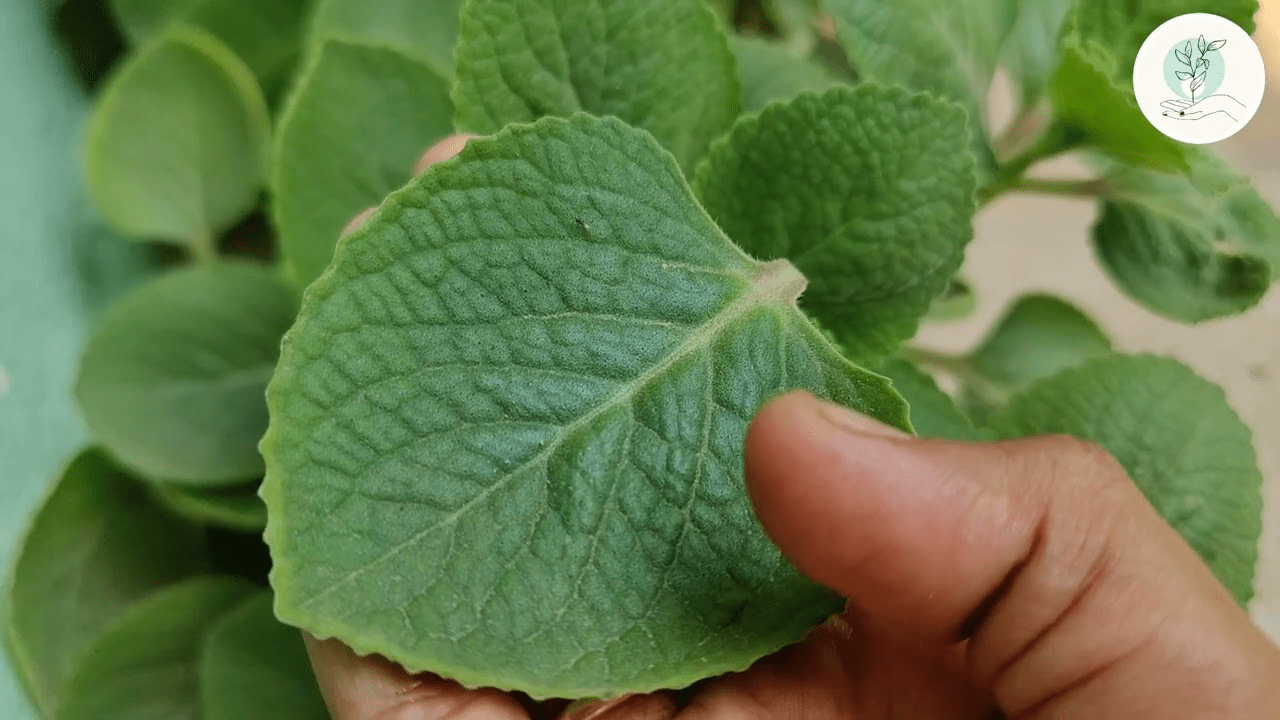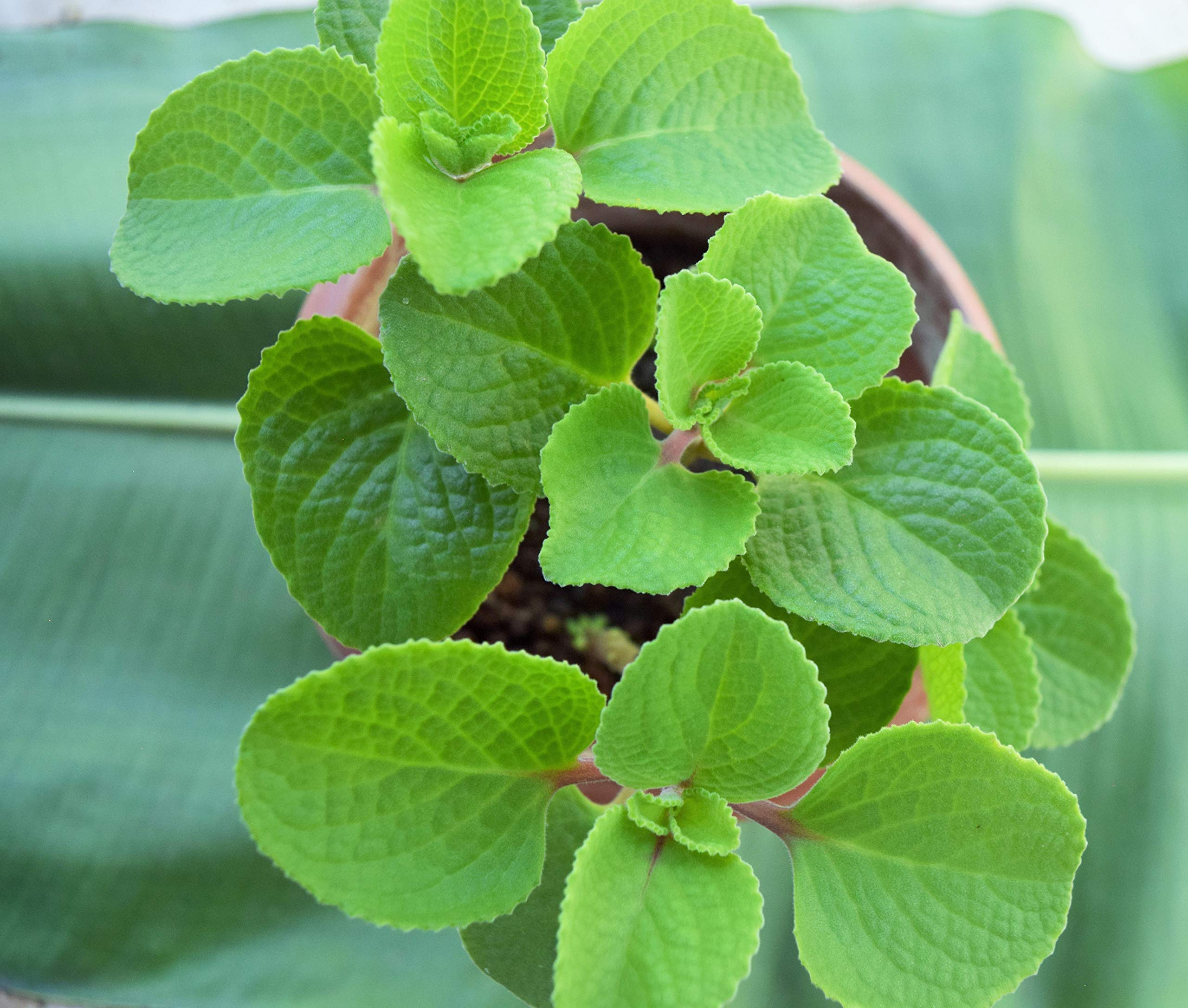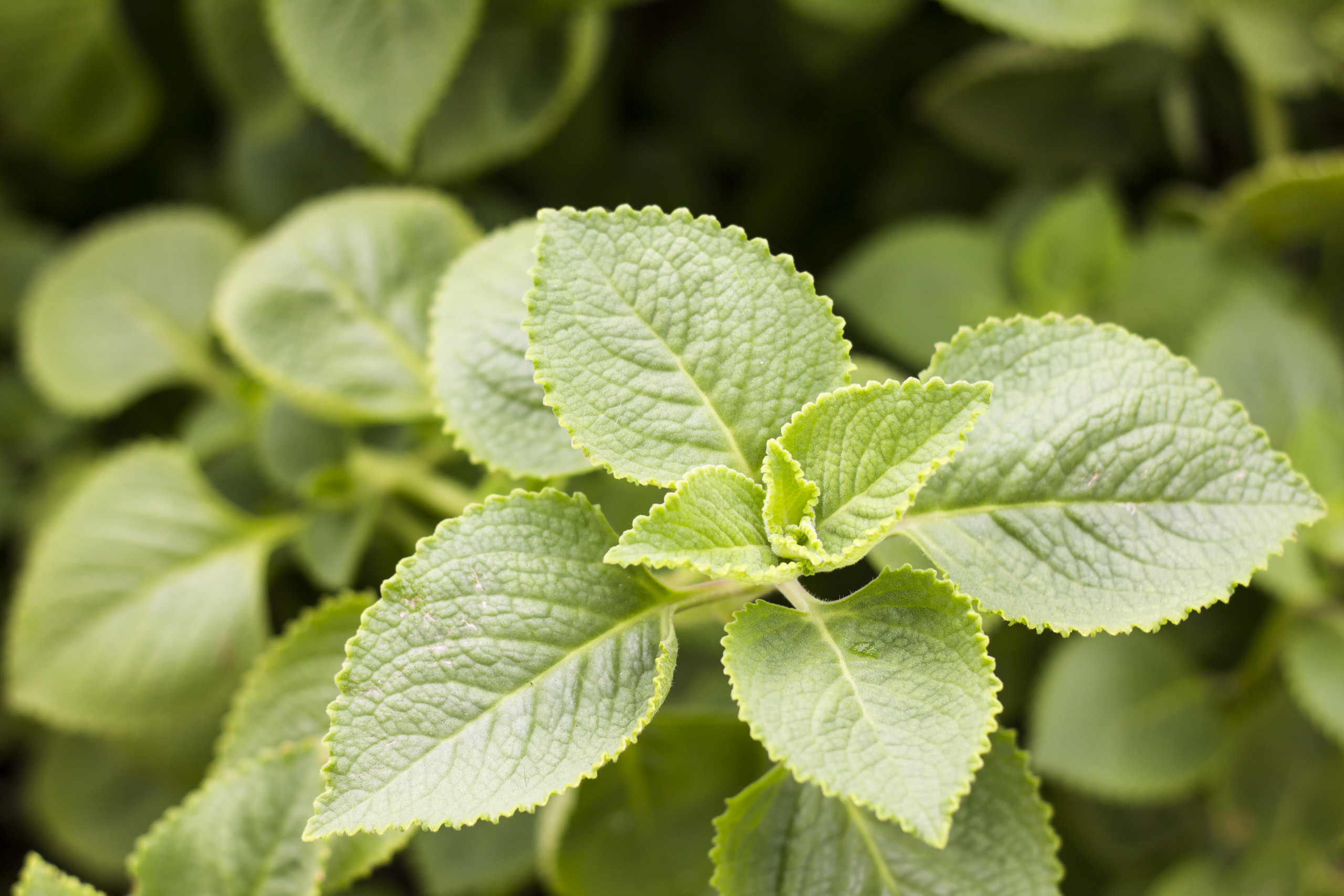
Indian Borage (Mexican Mint): A Herbal Drink for Eye Health

Imagine this: more than 2.2 billion people worldwide are living with vision impairment or blindness, according to the World Health Organization. Among them, many conditions could have been prevented or managed with simple lifestyle choices. Our eyes, though small, work tirelessly every day—focusing, adjusting, and protecting us from harmful light. But as we age, our vision often starts to fade, making everyday tasks more difficult.

This raises a question: can traditional herbs play a role in supporting our eye health? Across Asia and Latin America, one plant has been quietly celebrated in kitchens and gardens for generations—Indian Borage, also known as Mexican Mint, Cuban Oregano, or Plectranthus amboinicus. Beyond its culinary uses, people have long prepared it as a warm herbal infusion believed to soothe respiratory troubles and support overall wellness. Recently, interest has grown around its potential connection to eye and vision support, thanks to its antioxidant compounds and nutrient profile.
In this article, we’ll explore how Indian Borage is traditionally used, what science says about its properties, and practical ways to incorporate it into your daily routine—always with the reminder that herbs complement but never replace professional eye care.
What Is Indian Borage?
Indian Borage is a fragrant, fleshy-leafed herb belonging to the mint family. Despite its nickname “Mexican Mint,” it is neither true mint nor oregano but carries a strong, oregano-like aroma. It thrives in tropical and subtropical climates, making it a popular household plant in India, Southeast Asia, the Caribbean, and Central America.

Traditionally, Indian Borage leaves have been used:
- As a seasoning in soups, stews, and curries
- In home remedies for coughs, colds, and sore throats
- As a topical rub for skin irritations
- Brewed as a tea to ease digestion and support overall wellness
Its popularity lies not only in its flavor but also in its reputation as a functional herb with multiple health-supportive properties.
Why Indian Borage Is Linked to Eye Support
The connection between Indian Borage and eye health comes down to its nutritional and phytochemical profile. Researchers have found that the herb is rich in:
- Antioxidants (such as flavonoids and phenolic compounds) that combat oxidative stress, a major factor in age-related eye conditions like cataracts and macular degeneration.
- Vitamin A precursors that may contribute to maintaining healthy vision and preventing night blindness.
- Anti-inflammatory compounds that may ease irritation in the eyes and reduce systemic inflammation, which is increasingly linked to chronic eye disorders.
Here’s a quick overview:

| Compound/Property | Potential Eye Benefit | Source in Indian Borage |
|---|---|---|
| Antioxidants (flavonoids) | Neutralize free radicals that damage eye cells | Leaves |
| Beta-carotene (Vitamin A) | Supports retina health, prevents night blindness | Green pigments |
| Anti-inflammatory oils | May soothe eye strain and systemic inflammation | Essential oil extracts |
| Vitamin C | Protects eye tissues, supports collagen in cornea | Fresh leaves |
While research is still emerging, these findings suggest that Indian Borage could be part of a lifestyle approach to protecting vision—especially when paired with good nutrition, hydration, and regular eye check-ups.
How to Prepare Indian Borage as a Herbal Drink
One of the most common ways people enjoy Indian Borage is as a simple herbal tea.
Traditional Recipe
- Wash 4–5 fresh Indian Borage leaves.
- Crush or bruise the leaves slightly to release their oils.
- Add to a cup of boiling water.
- Steep for 5–7 minutes.
- Strain and sip warm. Optionally add honey or lemon for flavor.
This mild, aromatic tea is traditionally taken in the evening or after meals. Some families also combine it with ginger or turmeric for extra warmth and comfort.
Practical Tips

- Fresh vs. Dried: Fresh leaves provide the best flavor and potency, but dried leaves can also be used.
- Dosage: Start with one cup daily. More is not always better—herbs should be consumed in moderation.
- Safety: Pregnant women, breastfeeding mothers, or those with chronic health conditions should consult a doctor before regular use.
Everyday Ways to Use Indian Borage Beyond Tea
While tea is the most popular method, Indian Borage can be creatively included in your diet:
- Add finely chopped leaves to soups or lentil dishes.
- Infuse in hot water and use as a steam inhalation for sinuses.
- Blend with honey for a homemade herbal throat syrup.
- Prepare a cooling eye compress by soaking cotton pads in cooled tea (note: only with very clean, freshly prepared infusion).
These small rituals not only connect you to traditional wellness practices but also help you integrate natural support into daily living.
Case Study: From Garden to Cup
Consider the story of Maria, a 62-year-old retiree in Mexico City. She began tending a small Indian Borage plant in her balcony garden after a neighbor gifted her a cutting. Curious, she started preparing tea with the leaves a few times a week. Over time, Maria noticed less eye strain during her evening reading sessions. While she still visits her ophthalmologist regularly and wears prescription glasses, she believes the herb has given her a comforting addition to her wellness routine.
Stories like Maria’s don’t replace science but highlight how cultural traditions can shape healthier habits.
Other Lifestyle Practices for Healthy Eyes
Indian Borage works best when combined with a holistic eye-care routine:
- Eat a colorful diet: Carrots, leafy greens, sweet potatoes, and berries are rich in eye-supporting nutrients.
- Protect from screen strain: Follow the 20-20-20 rule—every 20 minutes, look at something 20 feet away for 20 seconds.
- Stay hydrated: Adequate water intake helps keep eyes lubricated.
- Regular eye exams: Detect and manage issues early with professional guidance.
Conclusion and FAQs
Key Takeaways
- Indian Borage (Mexican Mint) is a traditional herb with antioxidant and anti-inflammatory compounds.
- Drinking it as tea may support general wellness and eye health.
- It should be used as a complement—not a replacement—for medical care.
FAQs
Can Indian Borage cure eye diseases?
No. It may support eye wellness, but it cannot cure medical conditions. Always consult an eye specialist for proper diagnosis and treatment.
Is Indian Borage safe for children?
In small amounts as food seasoning, yes. As a concentrated tea, consult a pediatrician first.
How often can I drink Indian Borage tea?
Most people enjoy it 2–3 times a week. Regular moderation is key.
Where can I find Indian Borage?
It is often grown at home, sold in local markets in tropical regions, or available online as seeds and potted plants.
Disclaimer: This article is for informational purposes only. It does not replace professional medical advice, diagnosis, or treatment. Always consult your healthcare provider before starting new herbal practices.
News in the same category


Unleash Your Inner Lion: The Ultimate Egg, Honey, and Coffee Elixir for Men’s Vitality

7 Silent Sleep Killers Sabotaging Seniors’ Health (And How to Fix Them Tonight)

Moringa Unleashed: Discover the Secret Superfood That Can Revolutionize Your Health

Discover Grandma’s Secret: A Natural Remedy to Banish Varicose Veins

7 Teas That Stop Swollen Legs, Ankles, and Feet for Good

7 Powerful Ways Prosopis Juliflora Boosts Digestive and Heart Health

Purslane: A Natural Support for Lungs and Back Health

Aloe Vera Remedy: A Natural Support Against Bacteria and Fungi

Ginger, Onion, Garlic, Lemon & Honey Mix: How to Make It and Why It Matters

4 Teas for 4 Organs: Liver, Stomach, Heart & Brain

Over 60? Drink These 3 Teas to Rebuild Muscle and Walk Strong Again

Knee Pain Relief Starts with THIS Powerful Drink (Must Try for Seniors!)

Seniors, Do This 1 Simple Leg Move to Reverse Hidden Health Problems

Stronger Than Garlic and Lemon: The Bay Leaf Foot Soak That Removes Toxins and Bacteria

Herbal Tea from Stonebreaker Plant for Brain and Memory Support

I Applied Toothpaste and Vaseline on My Face – Here’s What Happened

Parsley Juice for Kidney Cleansing and Stone Relief

All-in-One Master Tonic Shots: Fire Cider with Apple Cider Vinegar, Cinnamon, Clove, Lemon, Ginger, Turmeric, Cayenne & Honey
News Post

Unveil the Mystery: 10 Japanese Rice-Based Secrets for Radiant, Wrinkle-Free Skin

Unleash Your Inner Lion: The Ultimate Egg, Honey, and Coffee Elixir for Men’s Vitality

7 Silent Sleep Killers Sabotaging Seniors’ Health (And How to Fix Them Tonight)

Moringa Unleashed: Discover the Secret Superfood That Can Revolutionize Your Health

Discover Grandma’s Secret: A Natural Remedy to Banish Varicose Veins

A Boy’s Hand Shows Strange Signs After Playing in the Sand

7 Teas That Stop Swollen Legs, Ankles, and Feet for Good

7 Powerful Ways Prosopis Juliflora Boosts Digestive and Heart Health

Purslane: A Natural Support for Lungs and Back Health

Aloe Vera Remedy: A Natural Support Against Bacteria and Fungi

Ginger, Onion, Garlic, Lemon & Honey Mix: How to Make It and Why It Matters

4 Teas for 4 Organs: Liver, Stomach, Heart & Brain

Over 60? Drink These 3 Teas to Rebuild Muscle and Walk Strong Again

Knee Pain Relief Starts with THIS Powerful Drink (Must Try for Seniors!)

Seniors, Do This 1 Simple Leg Move to Reverse Hidden Health Problems

Stronger Than Garlic and Lemon: The Bay Leaf Foot Soak That Removes Toxins and Bacteria

Herbal Tea from Stonebreaker Plant for Brain and Memory Support

I Applied Toothpaste and Vaseline on My Face – Here’s What Happened
